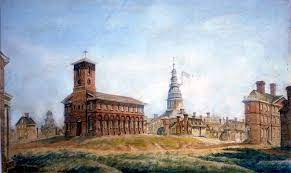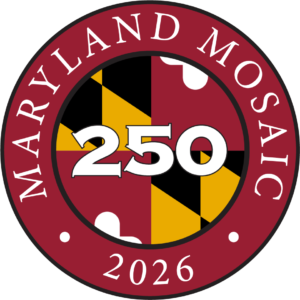A meeting to regulate trade and boundaries between the states convenes in Annapolis. It becomes a decisive steppingstone for a convention to create a new U.S. Constitution.
National leaders worry about a new nation stumbling under the Articles of Confederation. A convention is called in Annapolis to consider better regulations for relations between the states but is poorly attended. Only 5 states send 13 delegates but among them are important and influential leaders including James Madison and Alexander Hamilton.
There is so much concern for the nation’s future that Hamilton proposes a meeting the following May in Philadelphia to “render the constitution of the federal government adequate to the exigencies of the union.” The proposal receives unanimous agreement.
James Madison, on his way home, convinces George Washington to preside over a 1787 convention and spends the winter preparing an outline that becomes the basis for a new constitution.






